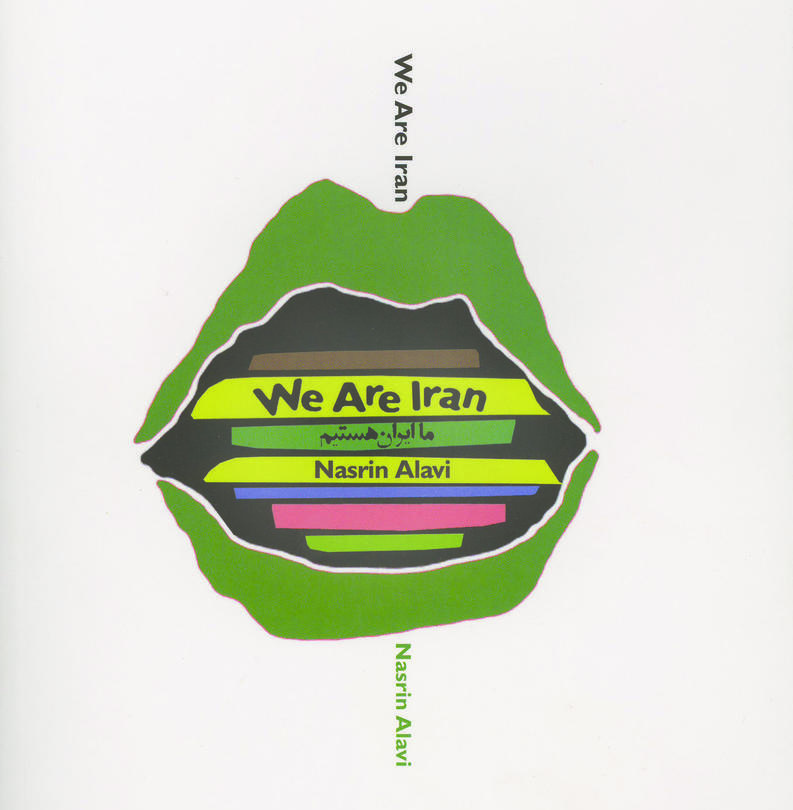
We are Iran: The Persian Blogs
By Nasrin Alavi
Soft Skull Press, 2005
Iran is a fascinating place. On the surface it seems so similar to Egypt (a country I call home), but once you move past the surface, you note how different the two countries in fact are. Trying to find out anything about Iran is a difficult task. The most prolific source is the Western media, and judging by their coverage of Egypt (which is more open and liberal than Iran, and hence more accessible to westerners), the last thing you want to do is to trust them completely.
And then there’s the internet. As in Egypt, youth make up a bulk of the population in Iran. Most are educated (unlike in Egypt) and between four and eight million have internet access (like in Egypt). But unlike its neighbor to the west, Iranians have more than seventy thousand blogs. Blogs represent an invaluable resource for learning about the country — reading the daily diaries, opinions and rants of seventy thousand (almost) random individuals. I believe Egyptian bloggers present a fairly decent window into the country and there are only about four hundred of us; imagine what can be learned about a country if this figure is multiplied 175 times.
Then again, bloggers are not writing every day to explain to clueless Egyptians or westerners for that matter, what their society is like. They are more likely to talk about their own lives to each other in a sort of guerrilla network. Complicating matters, most of the seventy thousand blogs are in Farsi and remain inaccessible to the rest of the world. And that’s why I got very excited about Nasrin Alavi’s We Are Iran, a book that claims to be about Iran’s thriving blogging scene. I wanted to finally understand the enigma that is Iranian society, to gain even a glimpse of how young Iranians from all sorts of backgrounds think, but more important to get a clear map of Iran’s thousands of blogs-what they look like, what kind of debates and flamewars erupt in the comment sections.
Halfway through the book I realized I was mistaken in assuming that it is a book about bloggers written by a blogger for bloggers. With a cheesy title like We Are Iran, and even cheesier chapter headings such as “A Nation of Steadfast Revolutionaries,” it doesn’t take much to realize that the book has an agenda — perhaps to convince the western reader that foreign interference in Iran’s affairs is the last thing the country needs. It’s too obvious a point, if you ask me. In other sections, the book was confusing. Half of the text is Alavi’s own writing about the politics, history and culture of Iran. Rather than providing context for the blog posts, these thoughts in fact seem to be there to support her own writing and not vice versa. Alavi doesn’t quote blogs only; she quotes poetry, newspapers (foreign and local) and even Lonely Planet! The book is full of photography and art, but not much comes from the blogs. There are no conversations with bloggers and minimal descriptions of the nuances of the blogging scene. Out of the seventy thousand blogs, fewer than two hundred are mentioned — those highlighted are mentioned repeatedly, which left me wondering how she picks and chooses.
But if you accept that this isn’t just a book about blogs it makes more sense. The book is a mash-up, a product of the rip, mix and burn culture of the internet. Nasrin cuts samples from blogs and other sources, pasting and remixing, weaving them in with her writing to give us a book about her Iran, one that millions share with her. Instead of transferring the blogs to another medium, she uses them to create a new form more suitable for the book medium. And it works. Perhaps merely translating and republishing the blogs would not have made sense. Blogs exist in a complex environment; their value inheres not only in their words but in the networks they build and the interactions they sponsor. A book will never offer the same environment, but reconstructing a new environment for these blog posts was “the right thing.” Eventually I dropped my quest to “learn” and treated the book as an artwork in and of itself. And in the end, one still gets a good glimpse of the blogging scene, which fascinatingly spans different groups, generations, (there is a great post by a mother who must be as old as my mom talking about her son mocking her “Look at you, the trendy young rebel, keeping a blog…”), backgrounds (the dissent in Iran comes from mullahs as well as university students, and how many of you knew that the imprisoned blogger Mojtaba was actually a cleric and a student in the holy city of Qom?) and classes (see the wonderful post by a female taxi driver comparing her shopping list to the shopping list of her passenger, the wife of some big government official). Mash-up or not, the book remains very political and one learns a lot from it. For instance, I always thought that the dictatorship in Iran did not lead to corruption, (a common misconception here in Egypt), but it turns out there is rampant corruption there — not unlike what we experience in Egypt — (and, yes, Iranians too believe that they have the most corrupt officials). The book presents many of the key individuals in the reform and dissent movements, some of whom are known to the outside and many more who are not. And it doesn’t stop at politicians and activists; artists and poets are mentioned as well.
In the end, the bits taken from the blogs themselves remain the best thing about the book; gems like Z8un.com’s piece about her parents challenging the regime by making out in the streets render the book a must read.